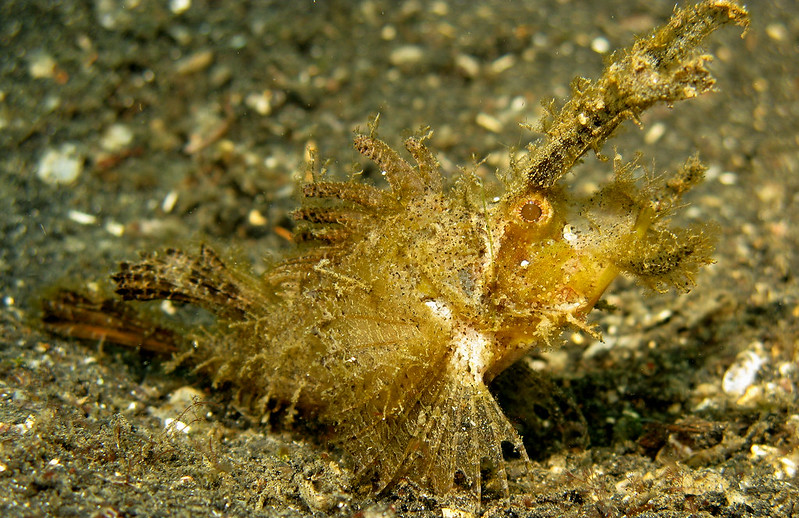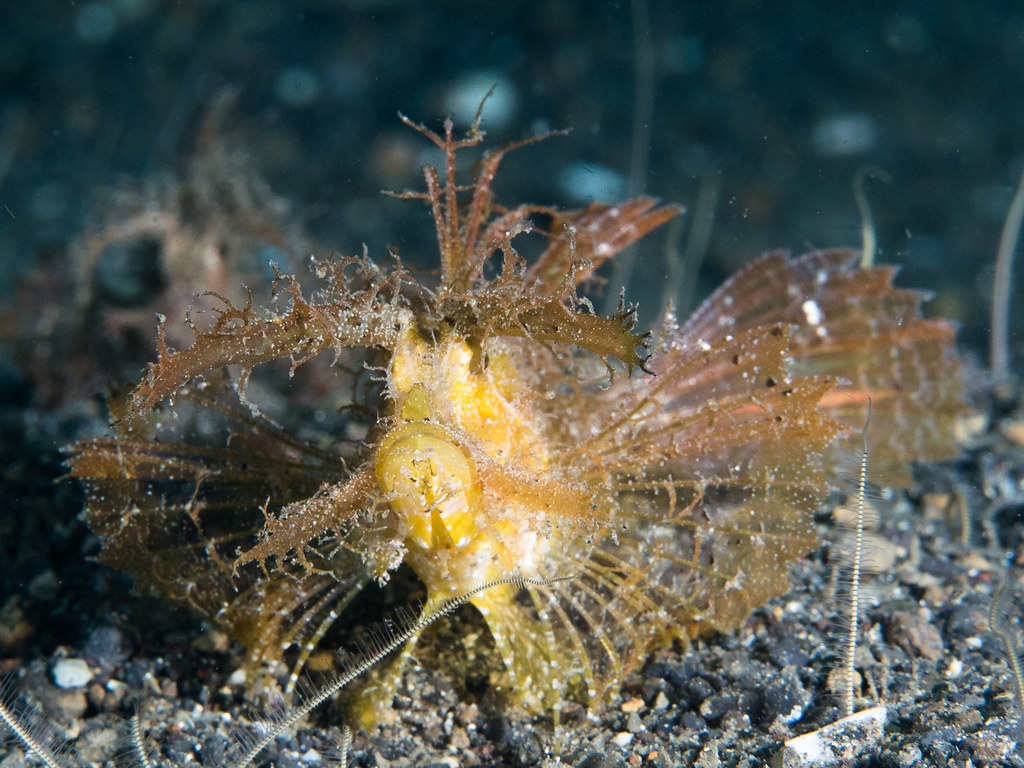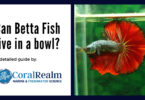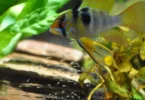Last Updated on February 10, 2023 by Matt
The ambon scorpionfish, Pteroidichthys Amboinensis, is one of four species in the Pteroidichthys genus. It is a member of the Scorpaenidae family along with the leaf scorpionfish and the more sought-after lionfish.
In this care guide we will discuss how to properly care for ambon scorpionfish in the home aquarium.
IN THIS ARTICLE
Quick Ambon Scorpionfish Care Sheet
| Ambon Scorpionfish Summary | |
| Care Level | Intermediate |
| Family | Scorpaenidae |
| Temperament | Semi-aggressive |
| Diet | Carnivore |
| Origin | The Indo-West Pacific |
| Minimum Tank Size | 40 gallons (per fish) |
| Color | Red/orange |
| Size | Up to 5 inches |
| Reef Compatible? | Yes |
| Temperature | 72 – 80°F (22 – 27°C) |
| Specific Gravity | 1.020 – 1.026 |
| pH Range | 8.0 – 8.5 |
Description
The ambon scorpionfish, scientifically known as Pteroidichthys Amboinensis, is a saltwater species that is an unusual looking member of the scorpionfish family. They have unique features that help them blend into their environment. All scorpionfish are ambush predators that use their unique features to hide from and ambush their prey. Ambon scorpionfish do this by using their various distinctive bodily features, including their pectoral fins that stick out from the side of their body, these actually help to camouflage their body when they’re hiding.

Credit: Steve Childs (Flickr)
Alongside these fins, they have tentacles above their eyes, extensions along their body and strangely shaped additions to their face. This unusual shape looks similar to a piece of coral or floating debris that would be found in the wild, this brings them away from the common fish shape and prevents them from being eaten or seen. They are also partially transparent that helps with this.
Ambon scorpionfish are also known for adapting into their surroundings by changing their colorings slightly to blend in. Their usual color is a red/orange/brown color, often changing to more of a yellow/green/black color, they often resemble the color and texture of algae, as this is usually where they will hide amongst in the wild; this makes them almost invisible to other species. Throughout the day they are usually seen hiding, and begin to forage through open areas at night.
Ambon scorpionfish are also highly venomous through the spines along their backs, they need to be handled with great care and extra precautions need to be taken to ensure the owners safety. This can be using long tools to clean out the tank and long tongs when feeding, this will help to keep hands away from the fish.
Distribution
Ambon scorpionfish are found in the Indo-West Pacific Ocean, ranging through the Red Sea, China, Indonesia, Papua New Guinea, Japan, Fiji and Viet Nam. They inhabit algae-filled areas along the bottom of the ocean, where they can hide and forage. They are found at depths of 10 – 100 feet (3-30 meters), however they have been sighted much further down occasionally.
Behavior and Diet
Ambon scorpionfish like to spend most of their day finding places to hide and staying hidden, emerging occasionally to forage for food. Their unique body shapes help them to disguise themselves and look more like a large piece of algae or debris than a fish. This benefits them when it comes to finding food as their prey usually can’t see them as a threat, so they are quick to capture and consume anything that passes them. Ambon scorpionfish have a fascinating feeding behavior; are suction feeders, meaning that they open their mouth really wide and really quickly, and this forces a flow of water to get sucked into their mouth, with their prey along with it.
Ambon scorpionfish are carnivores and need a diet that is high in protein and amino acids, their favorite foods to eat are usually small fish, crustaceans and mollusks such as clams. In captivity, they need to be given live or frozen meaty foods, live food will be much more appealing to an ambon scorpionfish as it will replicate the food that they would catch in the wild. This is a great way to stimulate their natural behaviors and hunting ability. Live marine fish such as guppies and mollies can be given occasionally to stimulate this behavior, but not too often as they are considered a treat for the ambon scorpionfish. Guppies and mollies do not contain enough fatty acids to be a regular food required to stay healthy.
Larger feeder fish such as goldfish should generally be avoided as they cannot last long enough in saltwater for an ambon scorpionfish to hunt them in the aquarium; they can also carry bacteria that can cause diseases within the fish. As well as this, goldfish can cause blockage inside the fish and create various problems including liver damage and death.
For regular feeding, they can be given live or frozen crustaceans, clams and ghost shrimp. Live food can be released into the water, and frozen foods can be fed with tongs to hold in front of the fish’s face until they see and catch it, as leaving the food to sink often results in the fish not eating and the food rotting on the bottom. Ambon scorpionfish can be fed 3-4 times a week, and do not need to be fed everyday due to their low metabolism.
Ambon Scorpionfish Tank Mates

In the fish keeping community, ambon scorpionfish have been kept with other species of fish that are peaceful and keep to themselves. However, it is definitely safer and far less risky when first introducing them to an aquarium to keep them on their own.
As these fish are slow moving and slow feeding, if mixing them with other species is your desired option, then they would need to be housed with other fish of a similar nature, as aggressive and competitive fish will cause stress and may cause the scorpionfish to become aggressive towards them.
Small fish and invertebrates that are small enough to fit into their mouths should be avoided, as they will become food for an ambon scorpionfish.
Conclusion
Ambon scorpionfish are certainly a unique and rare species to keep in your aquarium, they catch your eye with their unusual shape and colorings. These fish will allow you to gain an insight of what they are like in the wild, as their behavior doesn’t differ too much between the wild and captivity. Their unique hunting behaviors and hiding techniques make a great display in an aquarium, however these fish are suited to experienced marine fish owners.
Feature Image Credit: Rickard Zerpe (Flickr)







